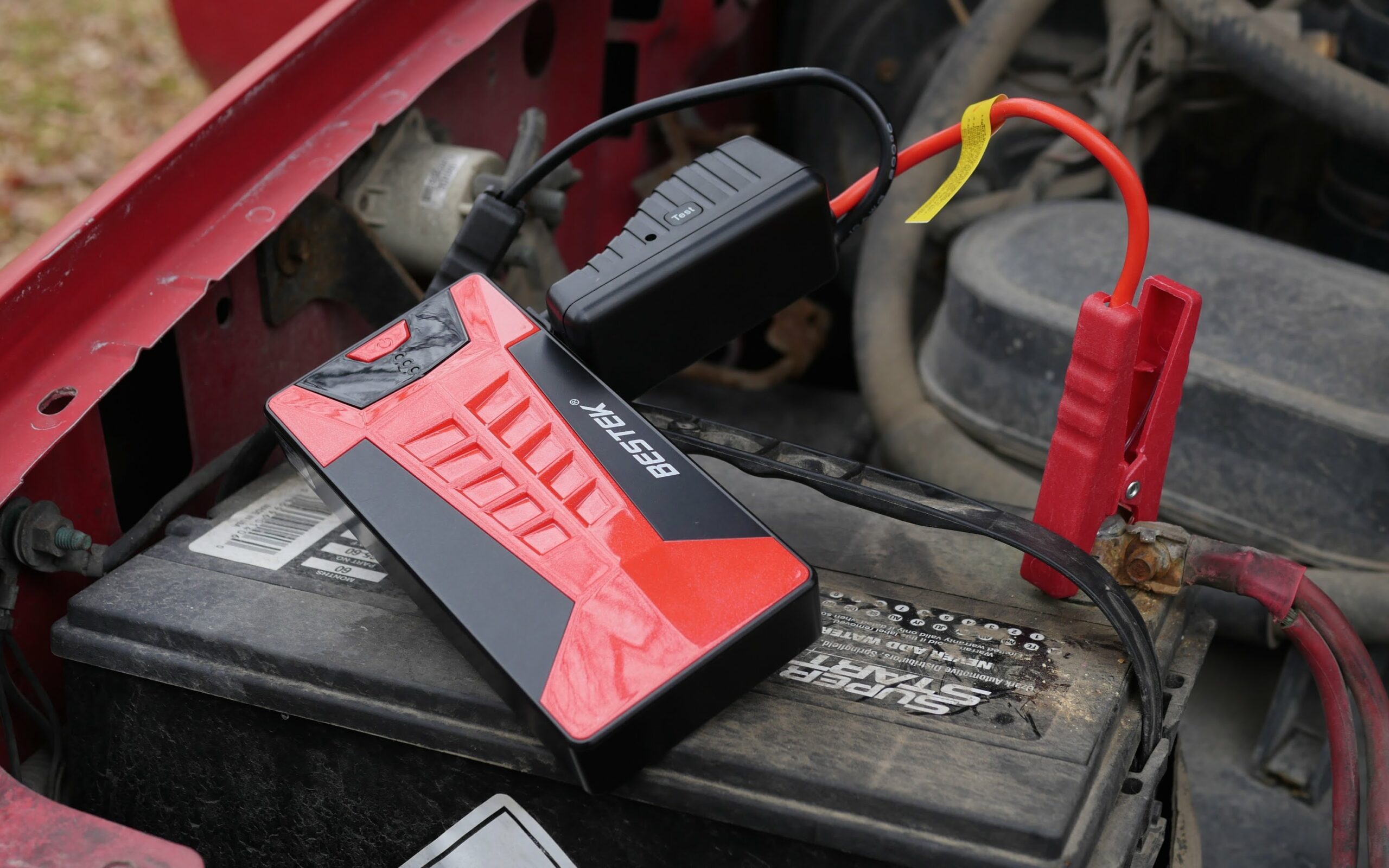It can be troublesome when the battery is dead; but we have no battery charger and jump starter available. A jump starter should always be stored in the trunk, because we won’t know when the battery eventually dies during a long trip. There are things to consider when we plan to purchase jump starters. The jump starter should have a proper capacity, with proper resistance to heat and cold. The jump starter should also have enough power output, safety features and reduced weight. There should be internal chargers that can protect us from overcharging. There should be an alert that warns users about reverse connections. This could protect the battery against undercharging or overcharging conditions. It is also a good thing to have multiple voltage output, so the jump starter can be used on multiple cars. Other than having a good jump starter, we should also have emergency lights and work lights so we could do the task during night time.
A good jump starter should include proper return policy and warranty. One big mistake when choosing a jump starter is that it doesn’t enough power to deliver the needed current. This could happen if buyers choose starters with inadequate power capacity. Jump starters could also require additional components, such as heavy duty clamps, longer heavy duty 4-gauge cables and automatic charging. When using the jump starter, we should know how long it would take to recharge the battery. Jump starters use different kinds of batteries, including gel cell batteries and sealed lead acid batteries. In many cases, it is better to choose jump starters with medium charging rate and there’s should be an indicator that our battery has been fully charged. Some jump starters include a compact ampere meter that could confirm that the battery has been fully charged. Before using the battery, we should make sure that all the connections are free and clean of corrosion or oil. If corrosion and deposits are present, we could use fine sandpaper to smoothen the surface of the connectors.
When using a jump starter, we should connect the positive terminal first, followed with the negative terminal. After that, we could disconnect the battery in the reverse order, by removing the negative clamp and then followed by the positive clamp. Most ignition problems are caused dead or undercharged battery. In many cases, undercharged lead batter acids could cause changes in acid concentration and in turn, this could cause cells to become sulfated. The battery life will be shortened and the performance will change. This could happen when cars are only driven for short distances each day.

